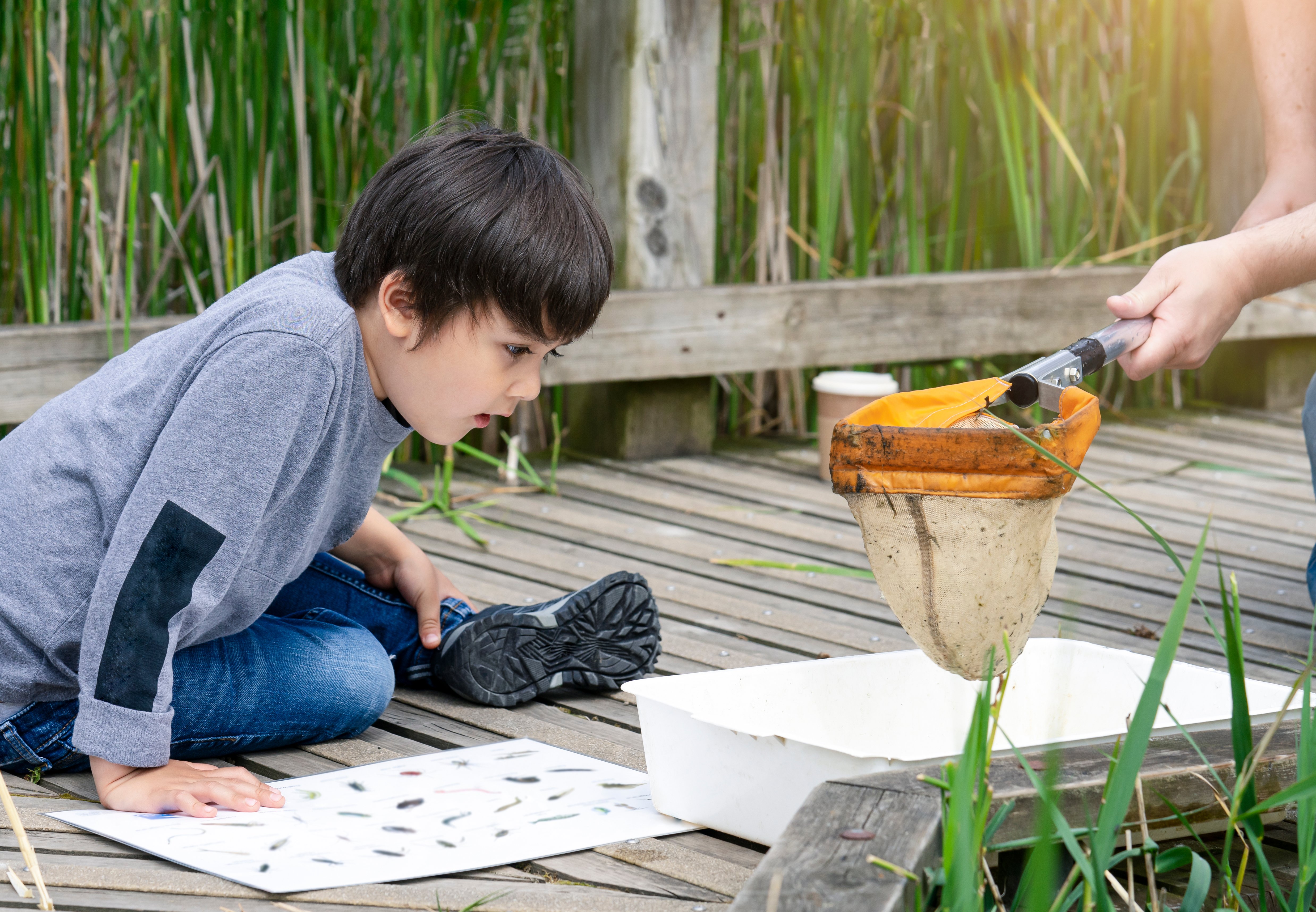
What is Water Quality Month?
The month of August is no longer just about summer’s dog days. The Environmental Protection Agency (EPA) founded Water Quality Month in 2005. The Clean Water Act of 1972 and the Safe Drinking Water Act of 1974 were the first national steps to protect groundwater quality and crack down on polluting waterways. Clean drinking water, derived from freshwaters, is critical to maintaining human health and the planet’s health.
These are the four major causes of freshwater pollution:
- Industrial effluent dumping
- Agricultural (fertilizer) runoff
- Untreated waste leakage
- Chemicals used at home
Here are six ways you and your family can play a small role in protecting water quality for everyone.
Plant a Tree
Slope erosion is one way that water bodies can become contaminated. Slopes are typically stabilized by landscaping – specifically, grass, shrub, and tree growth. Intense rainfall creates washouts on unstabilized slopes. The silt from those washouts can contaminate adjacent water bodies and wetlands.
So why not plant a tree or two in any barren spots in your yard? You help the environment and get the benefit of a family activity too. And, you don’t need to wait for Arbor Day to plant a tree.
Washing the Car
Washing the family car has always been a kid rite of passage on a hot, summer day. Soap up the family car, blast it clean with the garden hose and wax the hood for a nice shine. Who knows, maybe mom or dad flip you a few bills for the hard work.
But washing a car with a running hose uses gallons and gallons of water. Instead, opt for the old bucket and sponge method. Only a few gallons of water are needed to clean the entire car. Or, find a local car wash that recycles its water as opposed to disposing of it in the municipal sewer drain.
Hit the Showers
Another way to cut back on water consumption is changing the way your kids, or you on occasion, bathe. Showers use 10 to 25 gallons of water while taking a bath can use up to 70 gallons. One way to save even more water is to keep your showers under five minutes.
Grass isn’t Always Greener
Watering your grass is key to having a healthy, green lawn. The best times to water are early in the morning or after sundown. That gives the grass a chance to absorb the water as opposed to watering during midday. Water evaporates during the late morning and early afternoon before it can be absorbed into the ground.
Pick Up After Your Pet
Do your kids want a dog? Well, not only can they walk him in the dead of winter, but they can also pick up after him too. When they object, remind them that you changed their diapers when they were little. Now they can clean up Fido’s mess.
Besides teaching them responsibility, they’ll also be helping to keep water supplies clean. Waste that isn’t picked up will find its way into storm drains and, eventually, water supplies. Animal waste contains nitrogen. That nitrogen will remove oxygen from a water supply which makes aquatic life unable to survive.
Taking the dog for a walk is a great family activity. You can also use it as a means to teach your children how to protect the water supply.
Organize a Neighborhood Clean-Up Day
Litter seems to be a problem everywhere you look. Much like animal waste, litter finds its way into storm drains and, eventually, into waterways. It often winds up in the ocean endangering sea life.
Get together with your neighbors to learn how to arrange a community clean-up day. Teach your children why it is so important not to pollute while you benefit your community as a family.
Natural resources are just that – natural! Protecting drinking water quality is not only critical for your health, but your children’s health as well.



